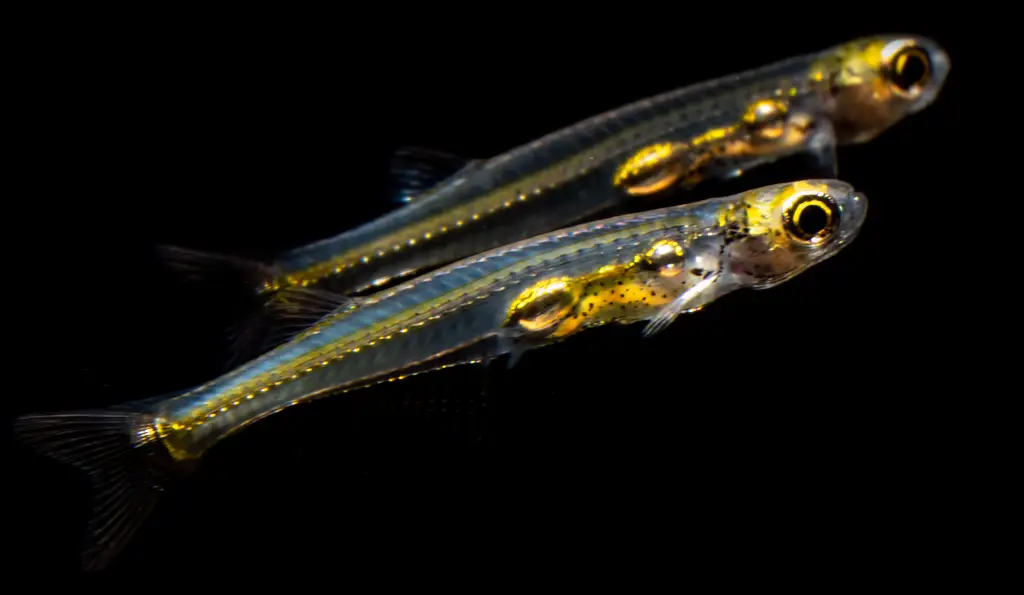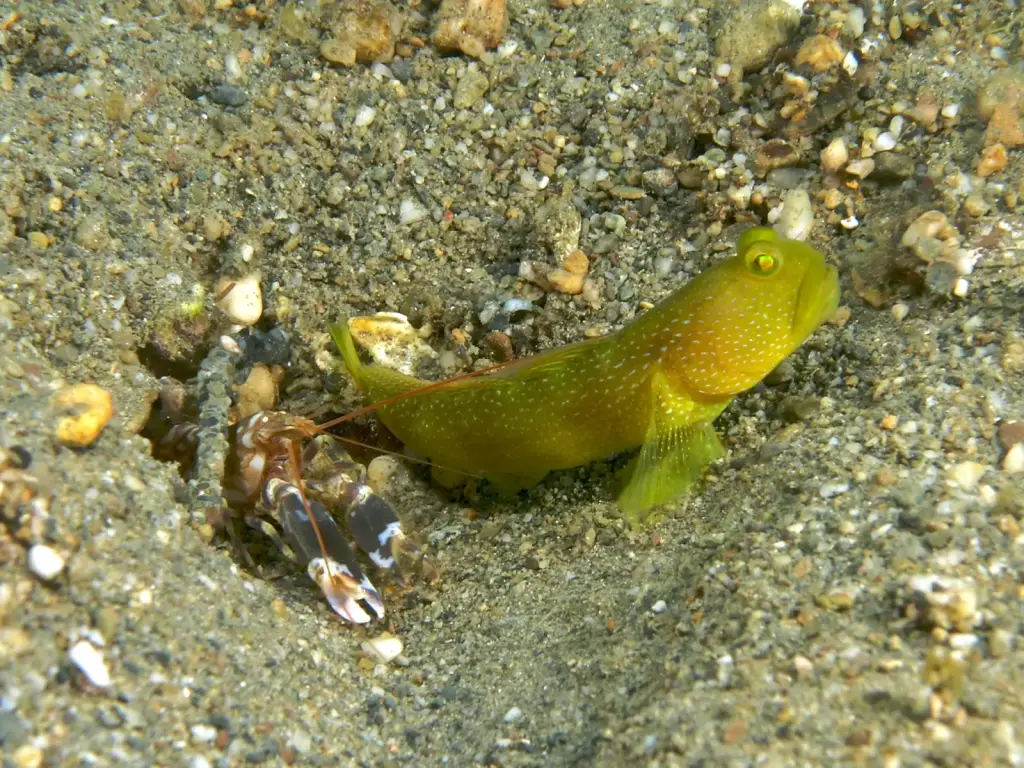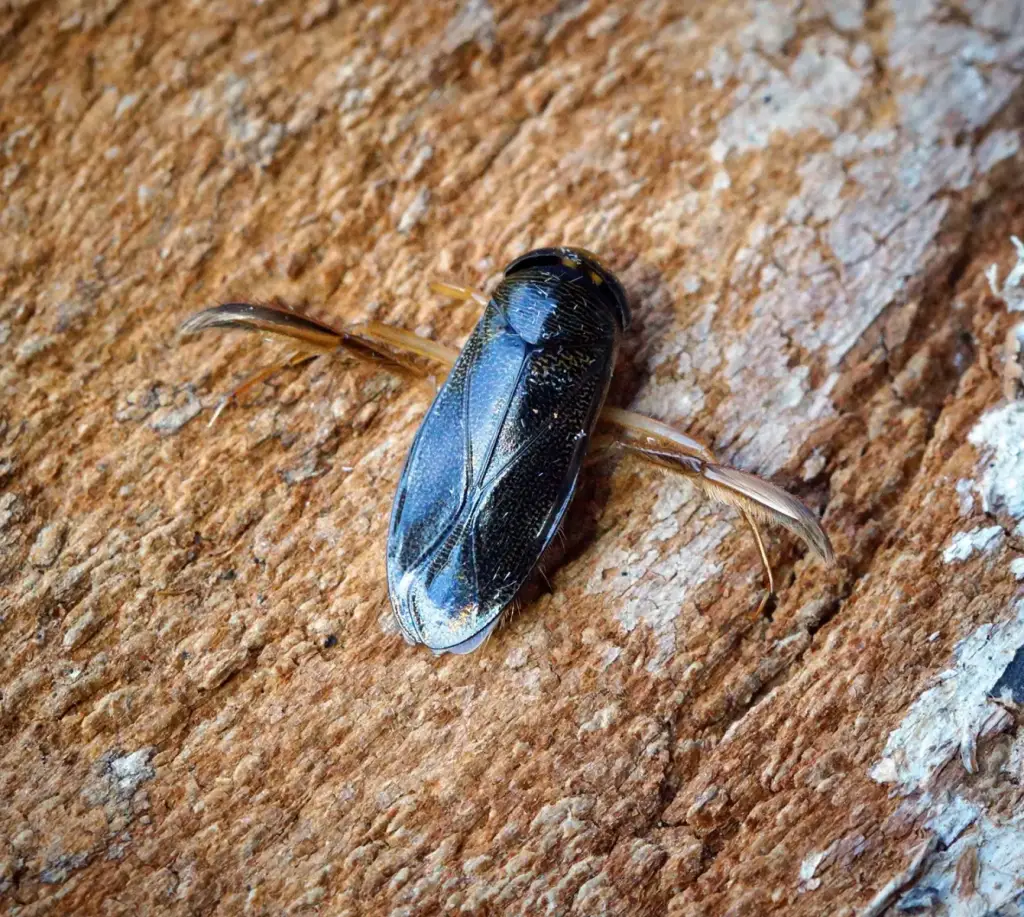Tiny Titans of Nature: 10 Small Creatures That Make a Big Noise
Introduction
When we think of loud animals, our minds often go to roaring lions, trumpeting elephants, or howling wolves. But nature has a quirky way of flipping expectations. Sometimes, the loudest calls come from the smallest mouths. Whether it’s to defend territory, find a mate, or just make some serious underwater noise, these miniature marvels prove that volume has nothing to do with size. Here’s a roundup of 10 small but sonically impressive species that are shaking things up—literally.
1. Danionella cerebrum – The Roaring Microfish

Smaller than a paperclip and nearly transparent, this tiny fish shocked scientists when it belted out sound bursts hitting 140 decibels—that’s louder than a jet engine. Native to Myanmar, this fish uses its vocal strength for communication and courtship, proving you don’t need lungs to make noise underwater.
2. Pistol Shrimp – The Underwater Gunslinger

This tiny shrimp, often just 2 inches long, snaps its claw shut so fast it creates a bubble that bursts with a bang over 210 decibels enough to stun prey or even crack glass. That snap also generates heat near the surface of the sun for a split second. Loud and lethal.
3.Howler Monkey – Jungle’s Loudmouth

While not tiny, howler monkeys are relatively small compared to their decibel output. Their booming calls can travel up to 3 miles through dense rainforest. It’s their way of claiming territory and scaring off rival troops jungle diplomacy at full volume.
4. Water Boatman (Micronecta scholtzi) – The Singing Bug

Measuring just 2 millimeters long, this aquatic bug rubs its penis against its abdomen (yes, really) to produce sounds up to 99.2 decibels, similar to a passing train. The catch? It’s barely audible to humans unless amplified.
5. Coquí Frog – The Island Crooner

Found in Puerto Rico, the tiny coquí frog (less than 2 inches) sings its name: “co-KEE!” Males call out with surprising loudness, especially at night, reaching 80–100 decibels to woo females and stake territory.
6. Greater Wax Moth – High-Frequency Fanatic

Not necessarily loud to us, but this tiny moth holds the record for the highest-pitched sound made by an insect—up to 300 kHz. That’s way beyond human hearing, but bats beware: it uses this sound to jam echolocation.
7. Tree Crickets – The Rhythm Masters

These inch-long insects are nature’s serenaders. By rubbing their wings together, male crickets create harmonic tones amplified by leaves shaped like acoustic baffles. Some species can reach up to 100 decibels, louder than a lawnmower.
8. Katydids – Acoustic Architects

Katydids use highly tuned tymbal organs to produce songs for mating. Some species, like the Supersonus aequoreus, create ultrasonic songs that even rival bats in frequency. They’re tiny rockstars in the grasslands.
9. Peacock Mantis Shrimp – The Sonic Smasher

Not only do they punch with the force of a .22 bullet, but these vibrant crustaceans also create a loud “crack” each time they strike. The sound comes from cavitation bubbles and is used to ward off predators and break open prey.
10. Barking Gecko – The Tiny Watchdog

Native to southern Africa, this gecko emits a series of sharp barks to communicate and deter rivals. At just a few inches long, it doesn’t just chirp—it barks, making it one of the few reptiles with a voice that loud.
These creatures might be small, but they’ve got something to say—and they say it loud. From jungle frogs to microscopic fish, nature’s smallest members often steal the spotlight with their surprisingly powerful voices. So next time you hear a mysterious chirp, click, or roar, don’t look for something big. The real noisemaker might be hiding right under your nose.





